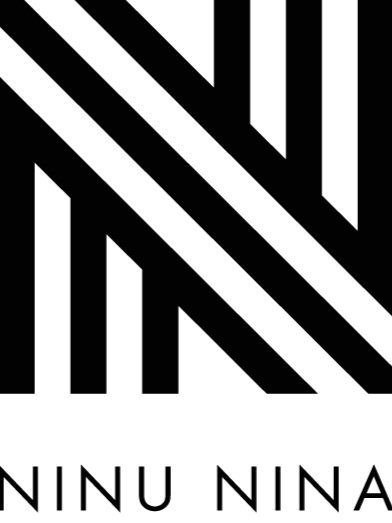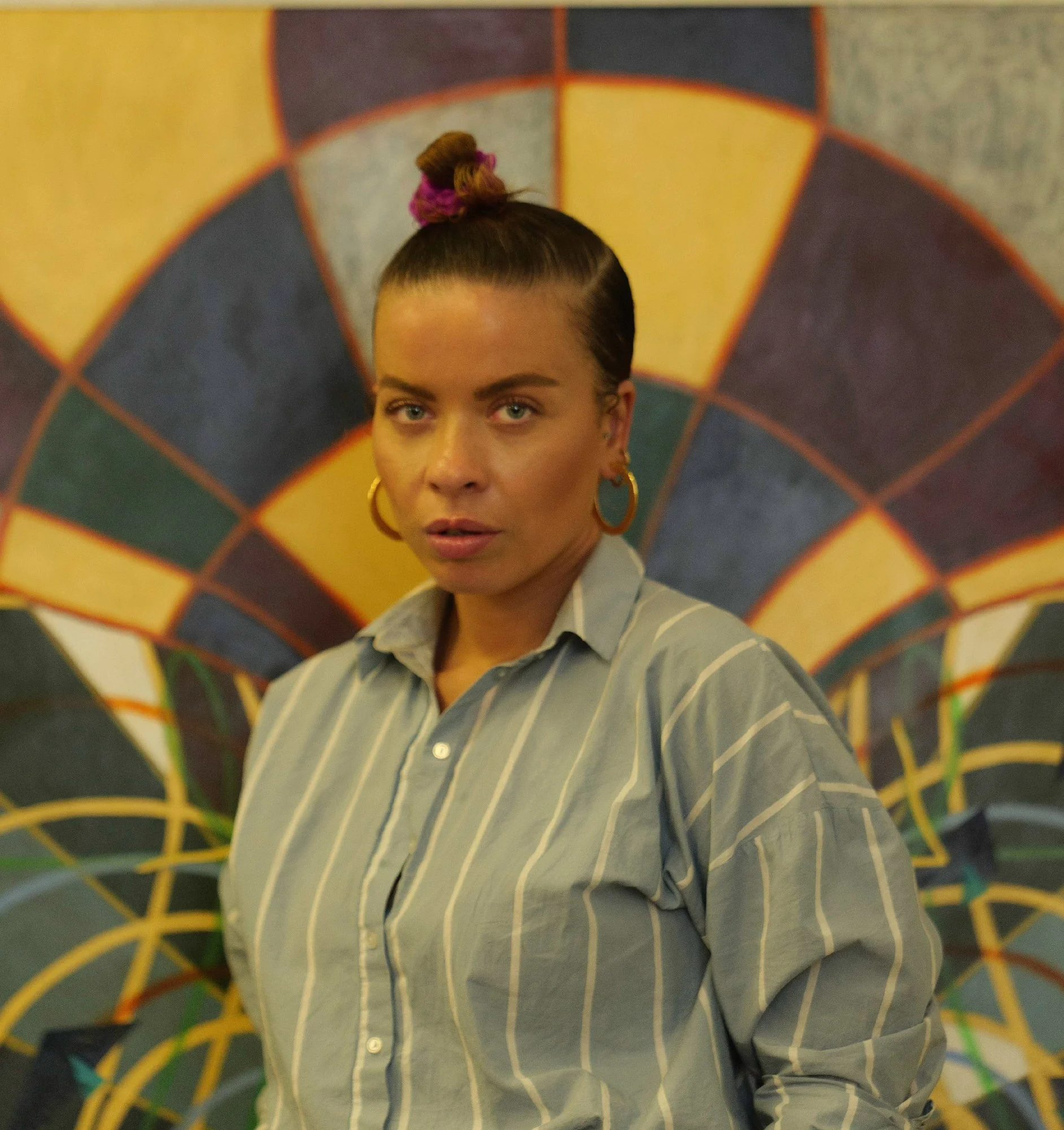Beyond the Canvas: A Conversation with Katinka Lampe, Armory Show Standout
One of the standout moments for me at this year's Armory Show was discovering the work of Dutch artist Katinka Lampe at Ron Mandos Gallery. It wasn't just me—the booth drew a lot of attention, and it’s easy to see why. Lampe has carved out a unique space in the international art scene with her striking, figurative paintings that seamlessly fuse classical technique with contemporary themes of identity, social relations, and the fluidity of self. Born in Tilburg in 1963 and now based in Rotterdam, she’s exhibited her work across the globe—from New York to Seoul—captivating audiences with her deeply thoughtful approach to portraiture.
But don’t call her pieces just portraits. While her works often feature meticulously painted human figures, Lampe is less concerned with capturing the identity of her models and more interested in using them as vehicles for exploring deeper themes.
Who’s Really in the Painting?
Lampe’s artistic process is both unique and captivating. She starts by photographing young models, but they’re not meant to be themselves. Instead, she casts them in roles, often dressing them up in dramatic accessories—false eyelashes, oversized jewelry, scarves—that push the boundaries of their identities. These objects, loaded with social and cultural implications, clash beautifully with the youthful innocence of the models, creating a tension that leaves viewers intrigued. And that’s where Lampe’s magic lies: she purposefully strips away individuality, both from her models and from her own presence in the work. The end result? The viewer is left to grapple with the visual clues in front of them—inviting personal interpretation and connection.
Lampe’s pieces are often meticulously detailed in certain areas, while others remain flat and ambiguous. By doing so, she strikes a balance between realism and abstraction, where recognizable human forms dance between precision and vagueness. The backgrounds are minimalistic, referring to nothing but themselves, furthering the feeling that the viewer is entering a dream-like space where meaning isn’t readily handed to them.
Thank you for joining us today, I’d love to start with how did you get into the arts?
Getting into arts was an escape for me. When I was younger, I noticed I was more of an observer than a participant. I didn’t fit in properly but I had a clear view of what happened between people. As an artist this perspective is very useful.
Your greatest inspirations or influences.
Painting is a way to get more understanding about the time we live in. It is about people, the way we see each other and the way of being seen. My work is mainly about identity. I can get inspiration by seeing an image of an old master painting, a news photo or a fashion shoot. This serves as a source, as an example for staging a model for a series of photos.
I use a real model who poses for me. I give strict stage directions and clothing so that the model actually takes a role and is no longer him or herself. That is already a departure from realism in which representation and similarity are so important. I also look for the right props, background and light. The resulting photos are often edited by me and by doing so I’m creating a new image. This image is the starting point for a painting.
Tell us more about your creative process.
Just as the classical portrait meets all kinds of collective conditions, the technique of oil paint and brush stroke is also on the leash of art history. I've developed a way to avoid that. My paintings are created using stencils, templates, so that the painting is not created in an academic way but is almost a puzzle that has to be put together. When I work on one part, the other part is protected with a template. This gives the works a distance and artificiality that I choose. I also think it is important that there is no virtuoso painting stroke visible anywhere in my paintings. The paint is systematically pushed from left to right with a thick spalter in the wet paint.
By using bold crops, unique angles, zoom-ins and the larger-than-life image, I look for an interesting image. With oil paint I first capture meticulously realistic details, while an abstract approach adds inherent tension. It is always about finding a balance between recognition and surprise, attraction and repulsion, confirmation and denial.
Anything else you would like to share with us?
In some of my latest work the portrait disappeared. My aim for these works is to see if I can put the same emotions and ideas in paintings of dresses and body parts. For me the contents of someone’s wardrobe says everything about identity. And by only watching a little gesture of a hand you can tell a complete story. It’s an exciting development and still a lot to explore.




